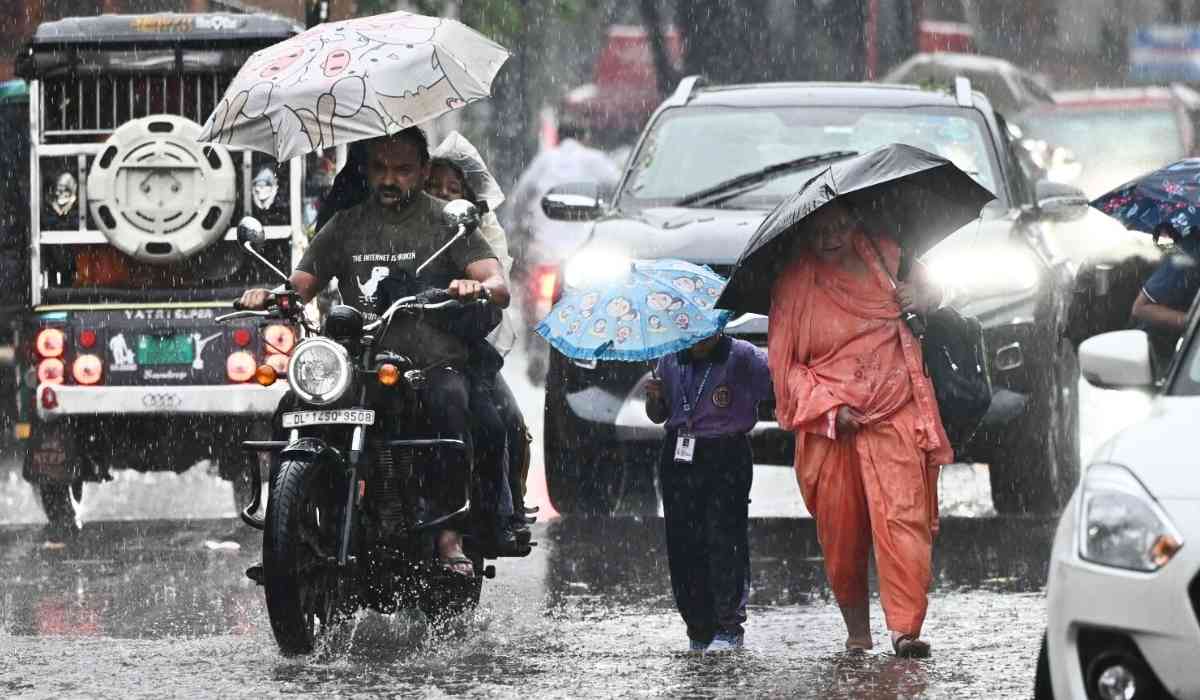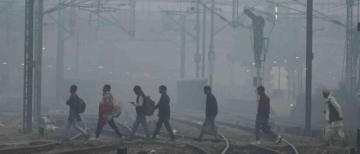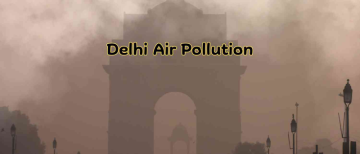On a hot and humid Wednesday evening, Delhi and the National Capital Region (NCR) were suddenly hit by a powerful storm that brought heavy rain, hail, and winds reaching up to 79 kmph. The storm caused chaos across the city, leading to tragic deaths, injuries, and widespread disruptions in daily life. Here’s a detailed look at what happened, the impact, and what it means for the city and its people.
What Happened During the Storm?

The storm started late afternoon, after Delhi had sweltered through temperatures so high it felt like 50°C at noon. But by evening, the weather changed completely. Dark clouds covered the sky, and strong winds began to blow. Soon, heavy rain and hail started falling, and the city was in trouble.
The wind was so strong that it uprooted trees and knocked down electric poles. Roads were flooded, and traffic came to a standstill. Metro trains stopped running in some areas, and flights at Delhi’s main airport were delayed or diverted. In just one hour, the temperature dropped by 14 degrees, from 37°C to 23°C, making it feel like a different city altogether.
The Human Cost: Deaths and Injuries

Sadly, the storm claimed two lives in Delhi. On Lodhi Road, a high-mast electric pole collapsed during the storm and fell on a man with disabilities who was passing by on a tricycle. He was rushed to Safdarjung Hospital but was declared dead on arrival. In Gokulpuri, a 22-year-old man named Azhar was killed when a tree fell on him and two motorcycles. He was taken to the hospital but could not be saved.
At least 11 more people were injured in different parts of the city. In Mukherjee Nagar, a part of an old foot overbridge collapsed, injuring six people. In Kashmiri Gate, a balcony collapsed and hurt a 55-year-old. In Mangolpuri, four people, including a woman, were injured when another balcony gave way. The Delhi Fire Service received many calls about trees falling and people trapped.
Disruptions Across the City
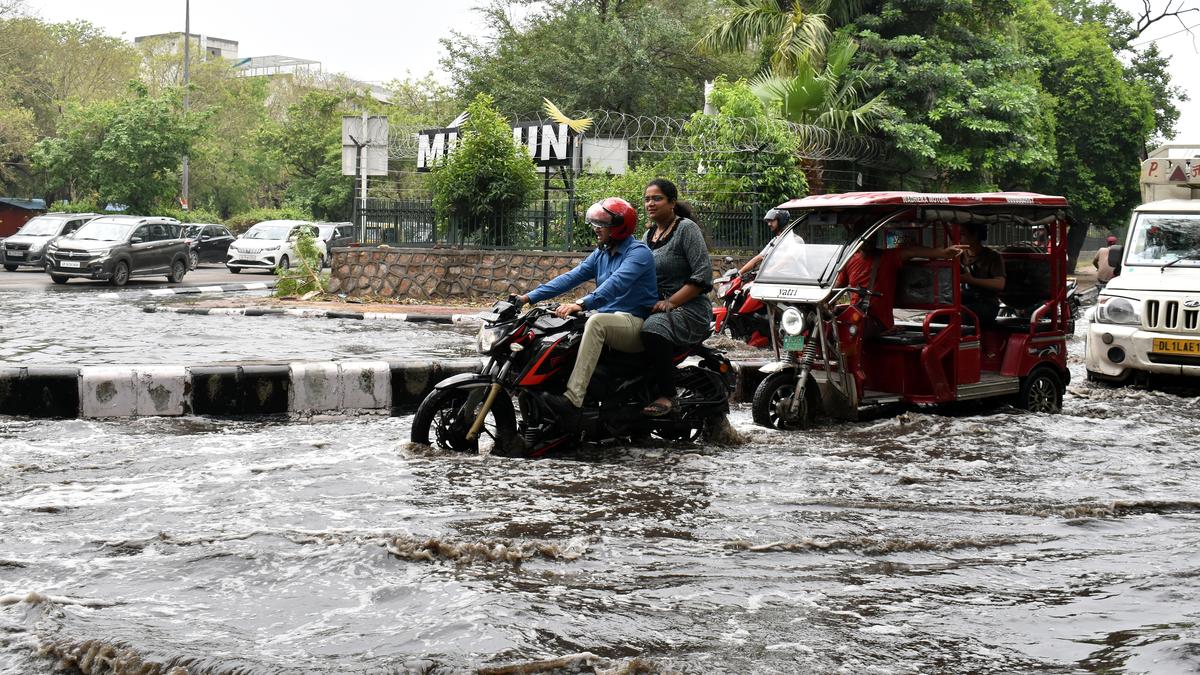
The storm affected almost every part of city life:
-
Flights: At least 13 flights were diverted from Delhi airport—12 went to Jaipur and one to Mumbai. Many more flights were delayed. Airlines like IndiGo and SpiceJet warned passengers about the bad weather and possible delays. One IndiGo flight to Srinagar was caught in strong turbulence and was damaged, but thankfully, all passengers were safe.
-
Metro and Traffic: Metro services on the Red, Yellow, and Pink lines were stopped because objects fell on the tracks. Roads were blocked by fallen trees, and traffic jams lasted for hours. Some cars were crushed by trees outside police stations and on main roads like Mathura Road and Teen Murti Marg.
-
Power and Water: Many areas lost electricity because power lines were damaged. Waterlogging made it hard for people to move around, and some places were flooded.
Why Did This Happen?
The India Meteorological Department (IMD) explained that the storm was caused by a sudden change in weather. A cyclonic circulation over Haryana brought moisture from the Arabian Sea and the Bay of Bengal, leading to heavy rain and hail. This is not unusual for Delhi in May, but the intensity of the storm was much higher than normal.
What Does This Mean for Delhi?
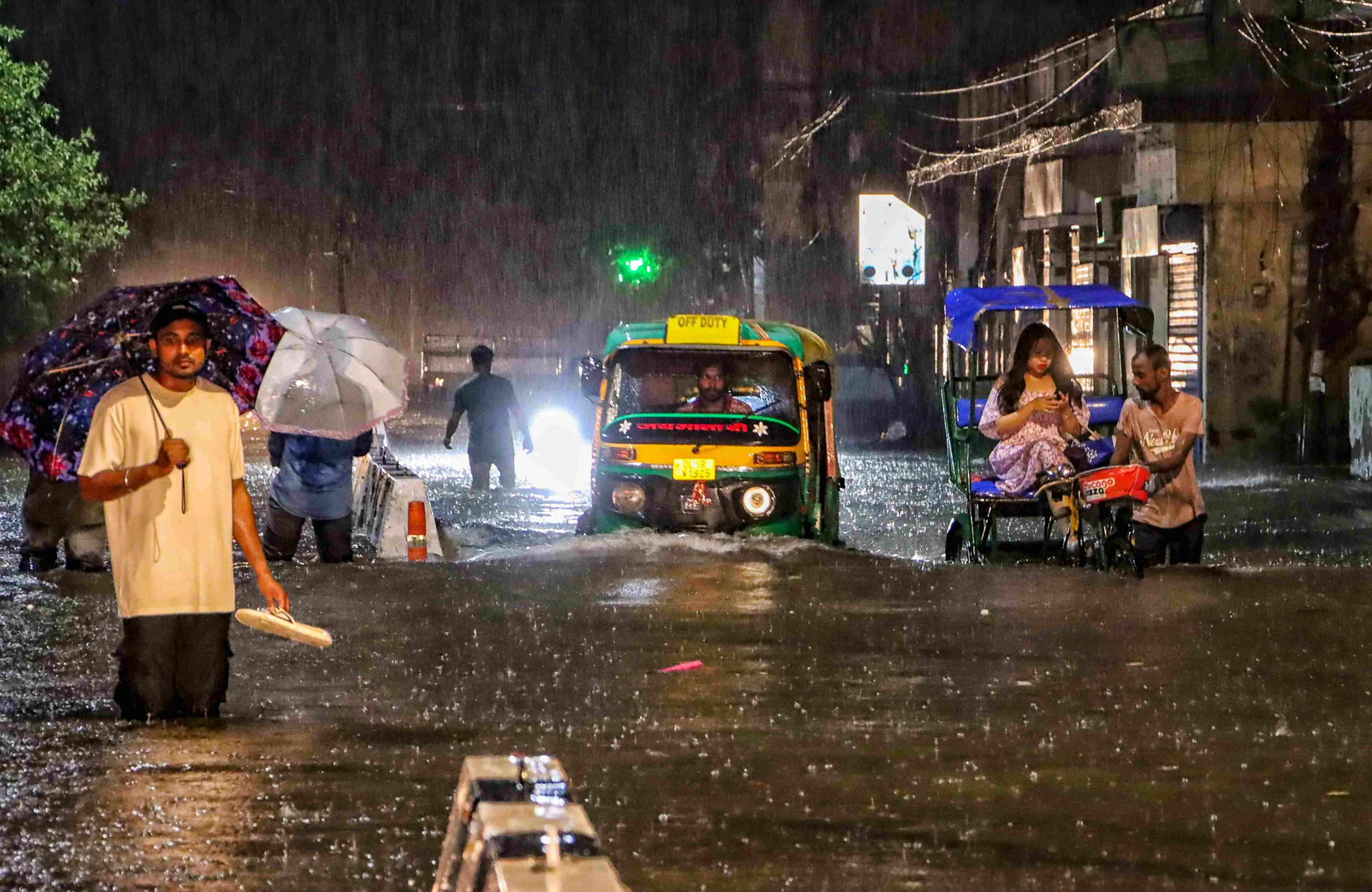
While storms like this are not new, their impact is growing. More trees and poles fall, more people get hurt, and the city’s infrastructure struggles to cope. Experts say that as cities grow and more buildings and roads are built, there is less space for water to soak into the ground. This leads to more flooding and damage during heavy rain.
On the other hand, the quick response by emergency services like the Delhi Fire Service and hospitals helped save many lives. But the question remains: Is Delhi ready for such extreme weather events? With climate change making storms more unpredictable and intense, the city needs to think about better planning and stronger buildings and trees.
Final Note
The storm on Wednesday night was a reminder of how quickly things can change in a big city like Delhi. It showed both the strength and the weakness of the city’s systems. While the people and emergency teams worked hard to help, the damage and loss of life were still high. As Delhi grows, it will need to find ways to protect its people better from such natural disasters.
For now, the city is cleaning up and trying to get back to normal. The weather department has issued a yellow alert for the next few days, warning people to be careful and stay safe.
With inputs from agencies
Image Source: Multiple agencies
©️ Copyright 2025. All Rights Reserved. Powered by Vygr Media.

